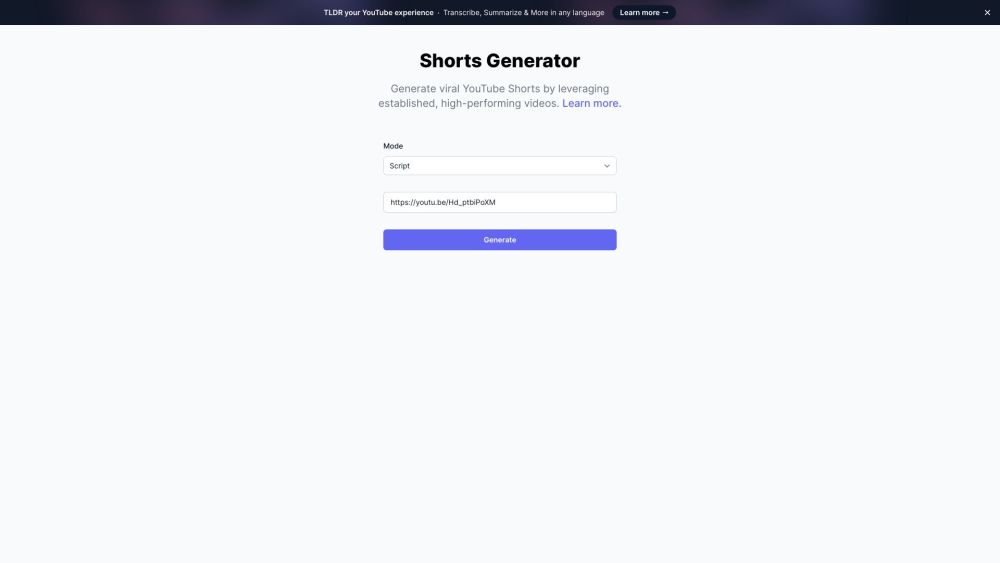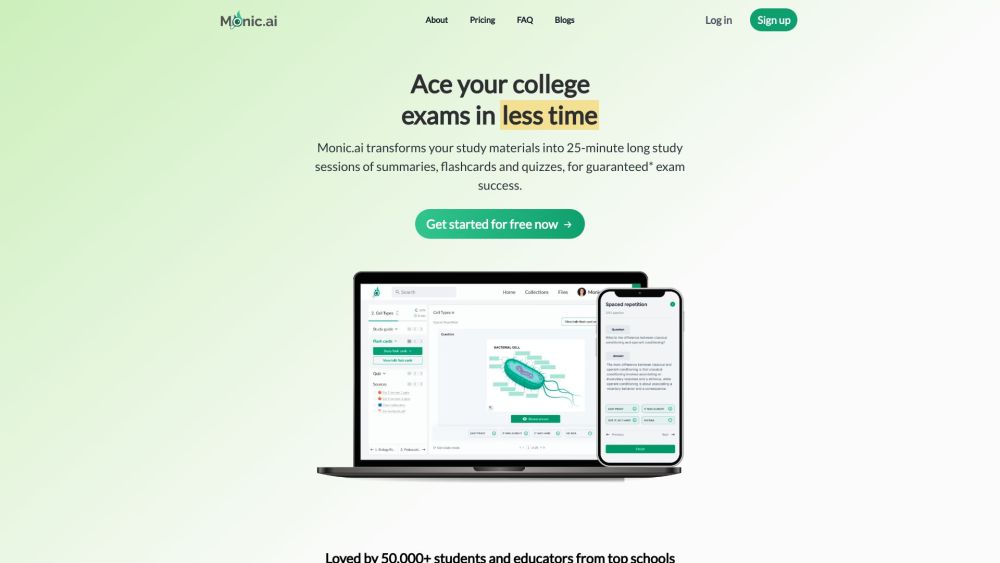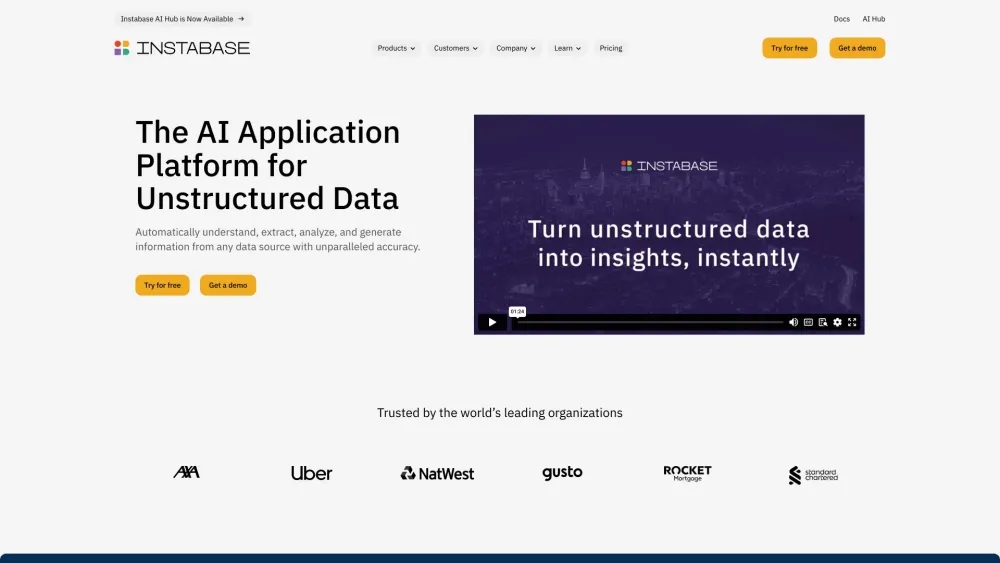The implications of AI in healthcare are extensive and significant. However, Daniel Yang, VP of AI and Emerging Technologies at Kaiser Permanente, cautions against rushing its implementation during discussions at this year's media Transform conference.
As a practicing physician, Yang emphasized his organization’s cautious and methodical approach to adopting innovative technologies. “There’s a tremendous amount of hype and opportunity in this space,” he told the audience. “We need to see evidence of effectiveness and safety in real-world settings before moving forward.”
Advanced Alert Monitoring: A Life-Saving Application
Yang highlighted the importance of focusing on an organization’s core mission rather than getting distracted by the allure of AI. For Kaiser Permanente, which operates 40 hospitals and 618 medical facilities with 250,000 employees, that mission is straightforward: Deliver safe, high-quality, and affordable care. As part of their AI strategy, the organization aims to reduce disparities and support employee well-being.
One notable application of AI at Kaiser Permanente is its advanced alert monitoring program. Utilizing predictive analytics, this program identifies hospitalized patients at risk of clinical deterioration within the next 12 hours. For instance, it can predict complications for patients recovering from surgery, such as infections or pulmonary embolisms, potentially leading them to the ICU.
The program assesses risk every hour using real-time data from electronic health records, including vital signs, medical conditions, and lab results. Alerts are triggered if risks exceed certain thresholds. “The idea is to intervene early to prevent negative outcomes,” Yang explained.
In a comprehensive clinical trial across 21 Northern California hospitals, Kaiser Permanente published findings in The New England Journal of Medicine, revealing the program saved over 500 lives annually. Yang clarified that the algorithm itself did not directly save lives; rather, it was the redesigned workflow that made the difference.
“We had to build the entire workflow around the program, which accounts for 90% of the effort.” To minimize distractions for physicians, alerts were directed to critical care nurses, who would assess patient charts and activate rapid response teams when necessary. “AI enhances clinicians' judgment; it does not replace it,” Yang added.
Generative AI: Improving Human Interaction in Care
When discussing generative AI, Yang noted it’s often overlooked in conversations about healthcare advancements. Nonetheless, Kaiser Permanente is implementing this technology, particularly through a clinical AI scribe.
Yang addressed the alarming statistic that burnout rates in healthcare range from 40% to 70%. “Given this context, it’s no surprise that one of the most promising applications of generative AI isn’t in treatment or diagnosis, but in reducing administrative burdens on clinicians.”
As a part-time internist at Kaiser Permanente’s urgent care clinic, Yang described the stress of managing patient loads, where he is expected to see 18 patients in an eight-hour shift. The new scribe technology generates draft clinical notes from recorded patient visits, allowing physicians to save up to an hour each day. “What excites me is that generative AI is paradoxically making care more human again,” he said.
Many patients often find themselves staring at their doctor’s back while notes are taken. The scribe technology changes that dynamic, enabling more direct conversations between providers and patients, fostering greater transparency in care. “Generative AI simplifies healthcare, making interactions more personal,” Yang explained.
Commitment to Responsible AI Implementation
Clinicians were eager for such technology, and yet challenges arose due to its novelty. Limited evidence regarding its effectiveness across various specialties created a dilemma: implement the technology or wait for more proof. Rather than pause, Kaiser Permanente decided to generate its own evidence through rigorous quality assurance testing.
This involved testing functionalities in diverse environments and gathering feedback from thousands of providers. Despite facing challenges like hallucinations and other issues, they created a continuous learning cycle. “We learned by doing, integrating feedback to educate providers on effective technology use,” Yang stated.
The responsible AI philosophy at Kaiser Permanente follows the principle of "measure twice, cut once," promoting thoughtful AI deployment with a proactive approach to identifying and mitigating risks. Yang underscored that, although governance may seem like red tape, “Nothing impedes innovation more than harm caused to patients by technology.”




